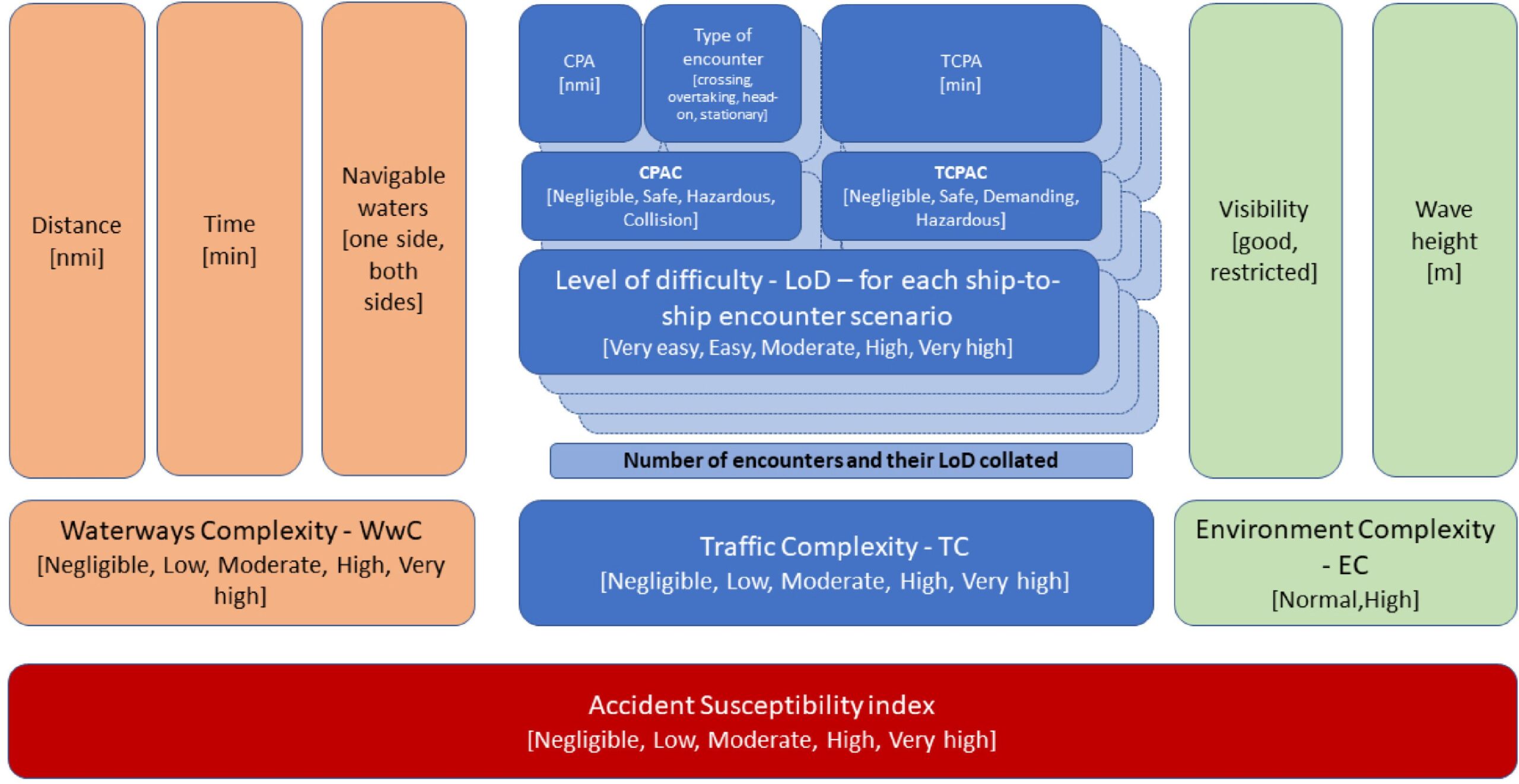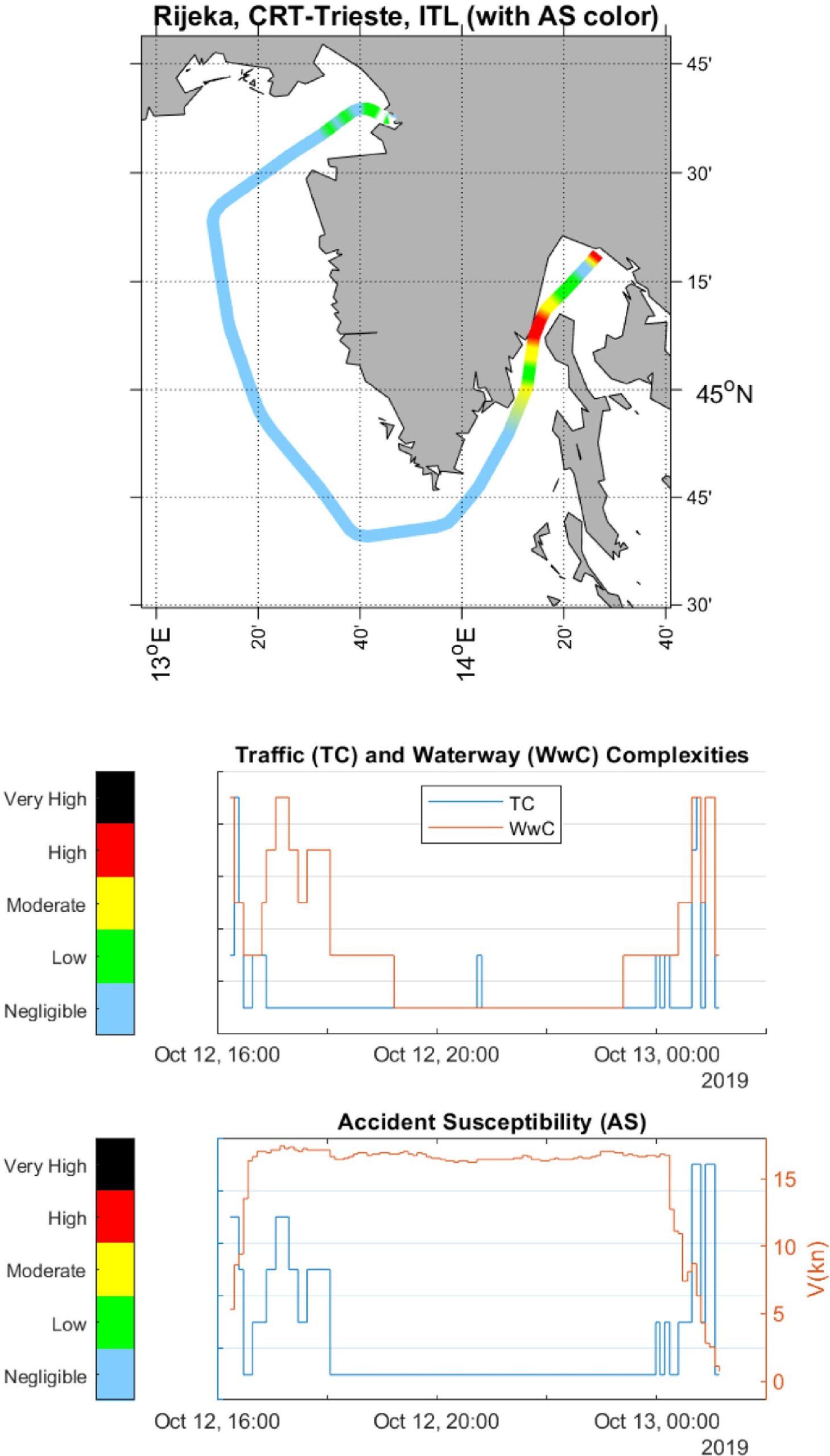February 10, 2022
New method developed to assess risk of a flooding accident on ships
As part of the ongoing FLARE project, NAPA is collaborating with other experts to find better ways to assess the vulnerability of ships in emergencies.
One of the most important questions for us to answer is how to assess and evaluate a ship’s current level of risk, as comprehensively as possible. One gap that we’ve found is that, although solutions for vulnerability monitoring exist, they mainly stem from watertight door operations – a comprehensive framework for accident susceptibility assessment and monitoring is missing in the literature.
NAPA and Aalto University worked together to develop a framework that would help meet this need, and the result of our research was recently published. We developed a comprehensive framework for evaluating operational accident susceptibility and vulnerability of passenger ships. The new method evaluates a ship’s susceptibility to collision or grounding based on the factors known to affect the navigator’s performance – but can be easily expanded to account for additional factors and operational conditions.

What affects how navigators perform? We found that navigator performance is governed by a number of factors, including mental workload, which tends to increase with the complexity of the situation. In the past, this complexity has usually been defined arbitrarily and taken as an explanatory variable in risk analysis, without an in-depth evaluation of the variable itself.
Our modeling and index development is an extension of past maritime and aviation navigational research. We have created an intuitive, objective, evidence-based method for evaluating the complexity and the level of accident susceptibility for any given ship-to-ship or ship-to-ground encounter.
With colleagues from Aalto University, Gdynia Maritime University and the Gdansk University of Technology, we analyzed historical voyage data from a cruise ship and a ropax ferry. This included AIS traffic data and bathymetric data from a large number of voyages, over several months of operation. We combined insights about potential hazards that the ships experienced with insights from navigators about how decision-making becomes complex in certain situations.
From this, we developed a model that calculates an accident susceptibility index in real-time for any situation the vessels encounter. The index was tested using data from both ocean and coastal voyages, and this revealed that the analyzed ships operate with negligible accident susceptibility most of the time (87%). They face very high accident susceptibility 1% of the time, and for the other 12% of the time they face a mix of low, moderate and high accident susceptibility.

By analyzing the flooding risk, either live onboard or from historical data, the index can boost situational awareness and alert navigators to the evolving complexity of a situation where, for example, heavy traffic is combined with shallow waters. Often these situations lead to extra team members being called to the bridge to assist, or even to the rerouting of the ship.
The modeling we have undertaken can also be applied to historical data, allowing ship navigational safety diagnosis and supporting the implementation of appropriate counter-measures, including improved safety culture.
The FLARE project started in 2019 and will continue this year, and we look forward to expanding our research further and using it to help improve passenger ship safety around the world.